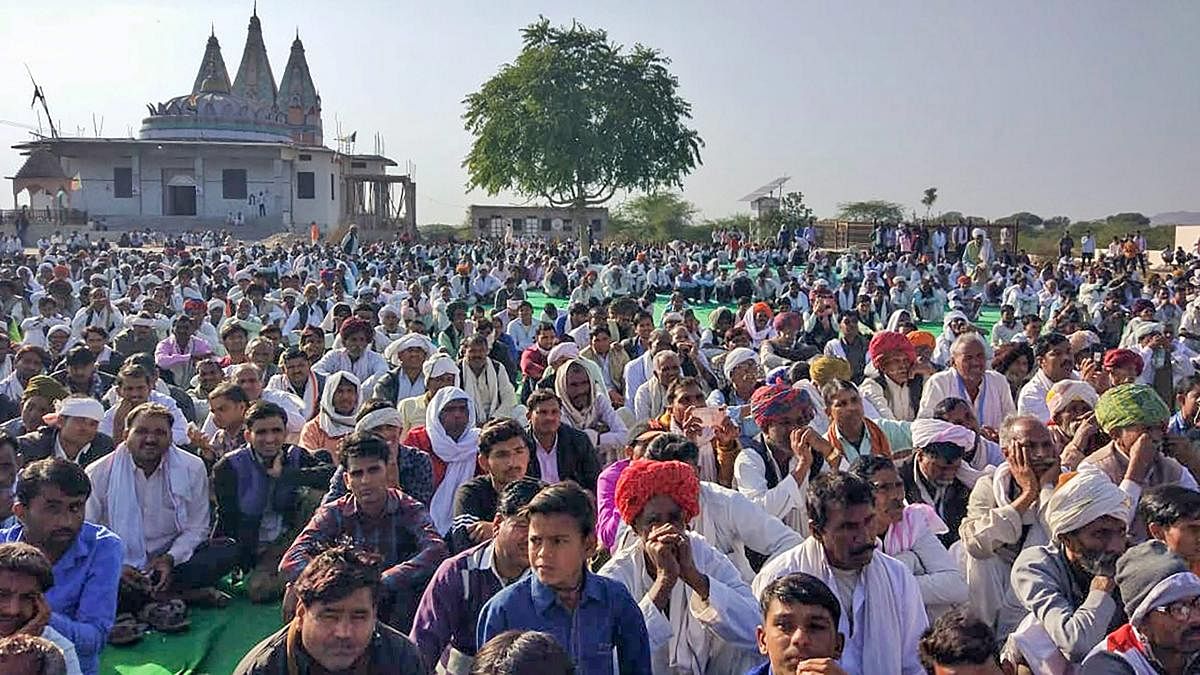The Rohini Commission was set up by the Union government in October 2017 to examine the distribution of benefits of sub-castes which fall under the criteria of Other Backward Classes. The commission is chaired by Justice G Rohini, former chief justice of the Delhi High Court.
The Commission, which was supposed to examine the sub-categorisation within the Other Backward Classes, is said to recommend a fixed quota of 8-10 per cent reservation for these 1,900-odd castes which have received less than three per cent of reservation in jobs and education over the last term. This means, for instance, that if there are 270 reserved seats for OBCs, members of these 1,900 communities currently avail about seven.
If the new government accepts the Commission’s recommendations, 27 seats would be kept aside for these groups. “If we are able to ensure a fixed reservation for these groups in elite educational institutions such as IITs and IIMs or within the IAS or IPS, it would mean a lot for them,'' sources told the Indian Express.
People have raised concerns regarding the Commission and the overarching idea of sub-categorisation within the OBC itself.
“First of all, this Commission has not conducted any actual ground survey or census; they are basing their report on data provided by states. A new survey must be done. For instance, there is not a single Class I officer belonging to Sain or Nai castes. There is not a single, directly appointed, IAS officer belonging to our castes in Uttar Pradesh. In Rajasthan, there is one IAS officer and one IPS officer, in Haryana, there is one IAS officer and even he did not enter IAS directly – he has been promoted.” RK Sain, national president of the Bhartiya Samajik Party said while acknowledging the state of inequality in allocation of funds and benefits within the OBCs.
“All the castes that are involved in the agricultural sector have benefited. Yadavs, Kurmis, Meos, Gurjars have reaped the fruits and we have been left behind. In Haryana, there are 18 OBC MLAs, out of which Yadavs, Kurmis, Gurjars and Meos account for 15. These castes also have three MPs representing them. Together, these castes constitute seven per cent of the present Haryana population. The remaining backward castes constitute 36 per cent of the population and there are 67 such castes. They account for 3 MLAs out of 90 and there is not a single MP representing them.” R K Sain said told Forward Press.
The earliest instance of sub-categorisation was proposed in 1955. A commission was set up by a presidential order under the chairmanship of Kaka Kalelkar on 29 January 1953. Social status, educational benefits and government representation were some of the criteria that the committee took into consideration before submitting its report. The question of introducing sub-categories within OBCs was introduced again during the time of the Mandal Commission and again in 2015 by Justice (Retd) Eswaraiah, former chairperson, National Commission for backward classes from September 2013 to September 2016.
In addition to recommending fixed quotas within the already existing quotas for the OBCs, the Commission is said to have based its classification on relative benefits availed and not relative social backwardness. This would involve parameters such as social status, traditional occupations and religion among others, the Indian Express reported.
Questions, however, were raised regarding the creation of social hierarchies within the OBC because of the allotment of sub-quotas. In response to that, the commission had clarified its stance in its very first consultation paper in October 2018.
“Sub-categorisation of the OBCs need not imply establishing a further social hierarchy within the communities included in the Central List on the basis of relative lowness or otherwise of their ascribed social status or traditional occupation. All communities included in the Central list of OBCs are socially and educationally backwards — which is a precedent condition for such inclusion — and thus deserving of reservations in education and recruitment,” it stated.
Currently, there are 10 different states that sub-categorise OBCs using different criteria. These include Tamil Nadu, Karnataka, Andhra Pradesh, Telangana, Haryana, Jharkhand, Bihar, West Bengal, Maharashtra, and Jammu and Kashmir.
The Commission had asked the government for three extensions previously and is finally set to submit its final report by the time its term expires on May 31.
